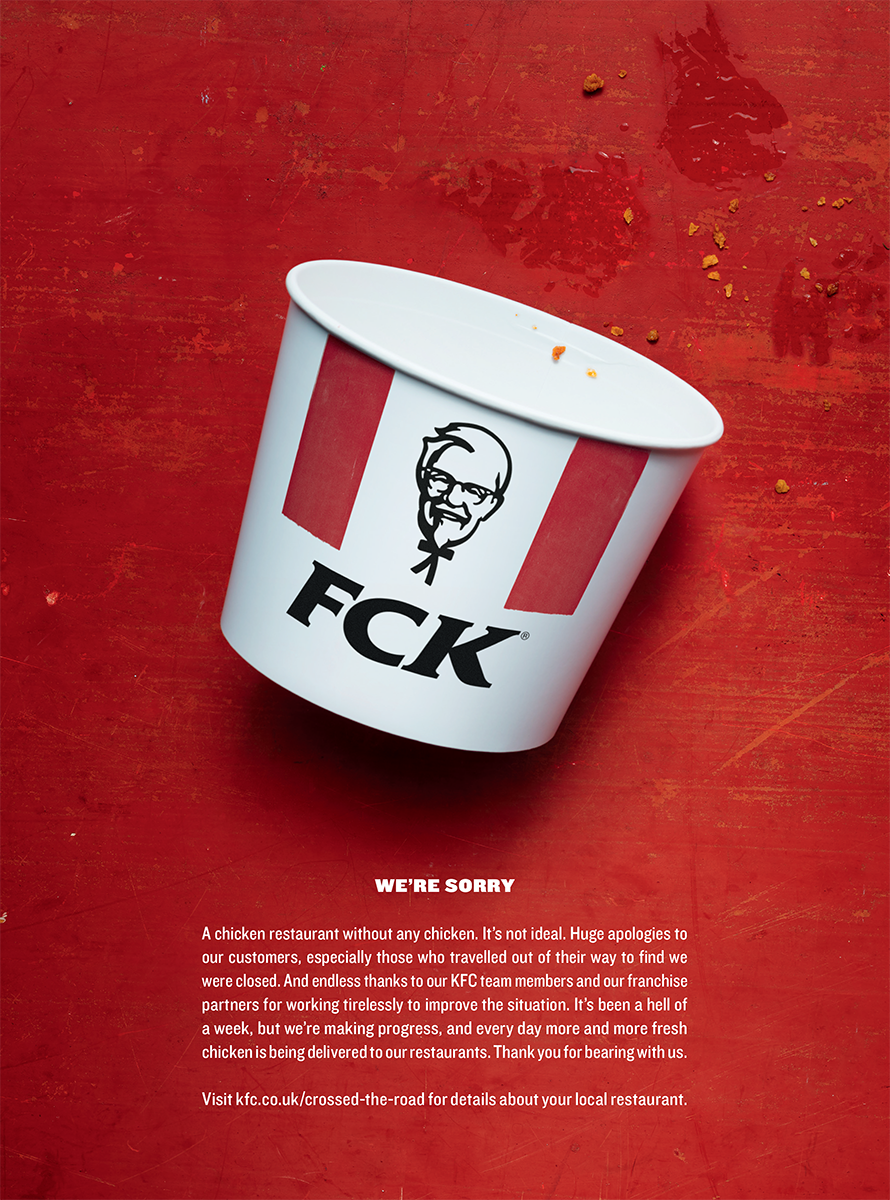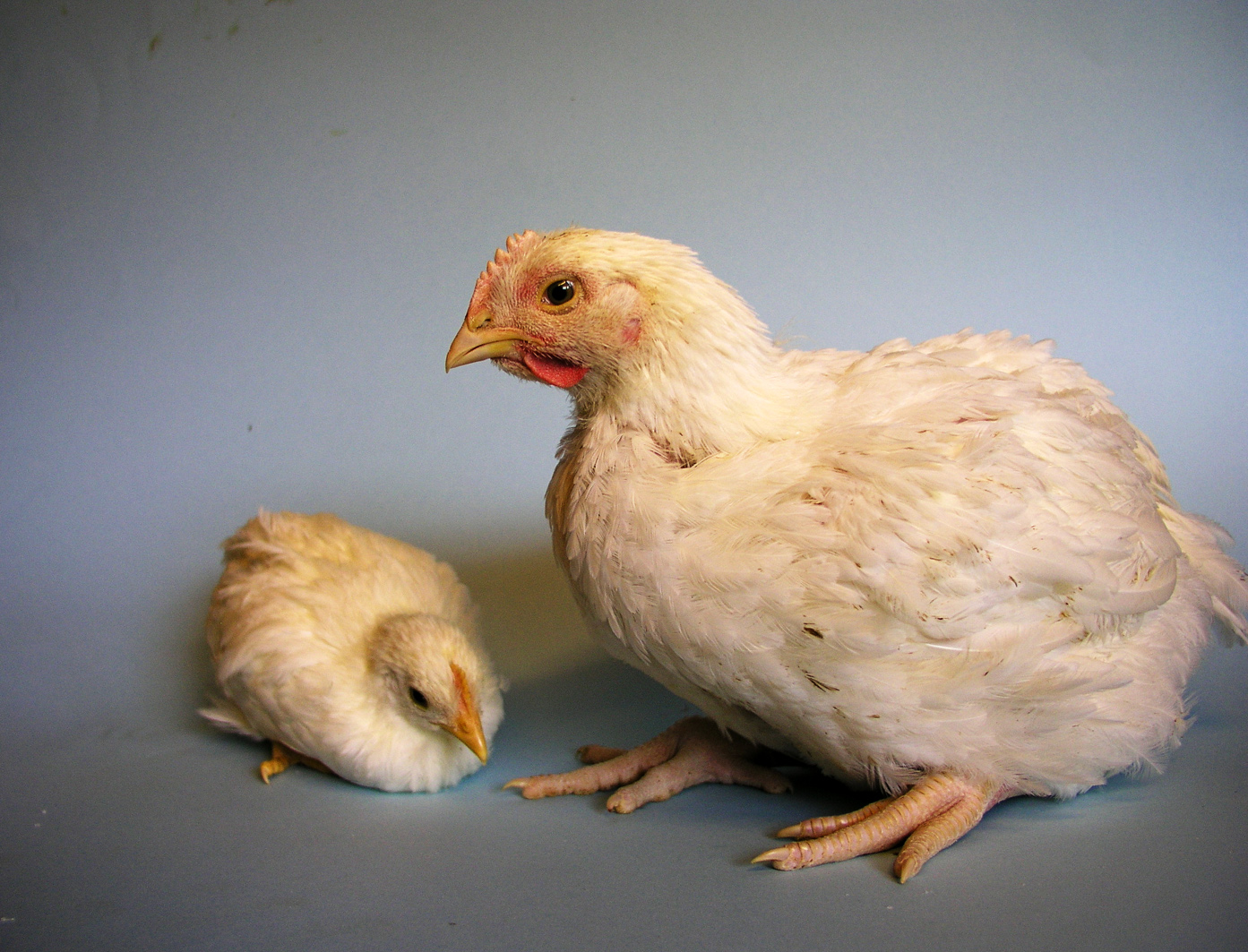marathag
Banned


In the UK , Chicken was not a popular source of Meat in the first part of the 20th Century, only increasing during the War as an Emergency solution during the War, where Chicks could be purchased ,and raised to Chickens for their Eggs in backyards and Commons in homemade coops.
But eating Chicken?
Less than 1% in 1950, It was Roasts and Mutton. Chickens were for providing Eggs for Breakfast and Baking, not eating.
They were only buchered when egg laying days were over, not the tastiest way to be introduced to Chicken.

For Raising Animals, Chickens are among the easiest, and fastest growing
Is there a way to get the UK on a more Chicken heavy diet sooner, maybe due to US Chicken Factory Farming methods brought in sooner after the War to alleviate Meat Rationing, rather than after Rationing was all ended in 1954?
Like doing the Advertising Campaign posted at the top, besides being unrationed?
Discuss.


